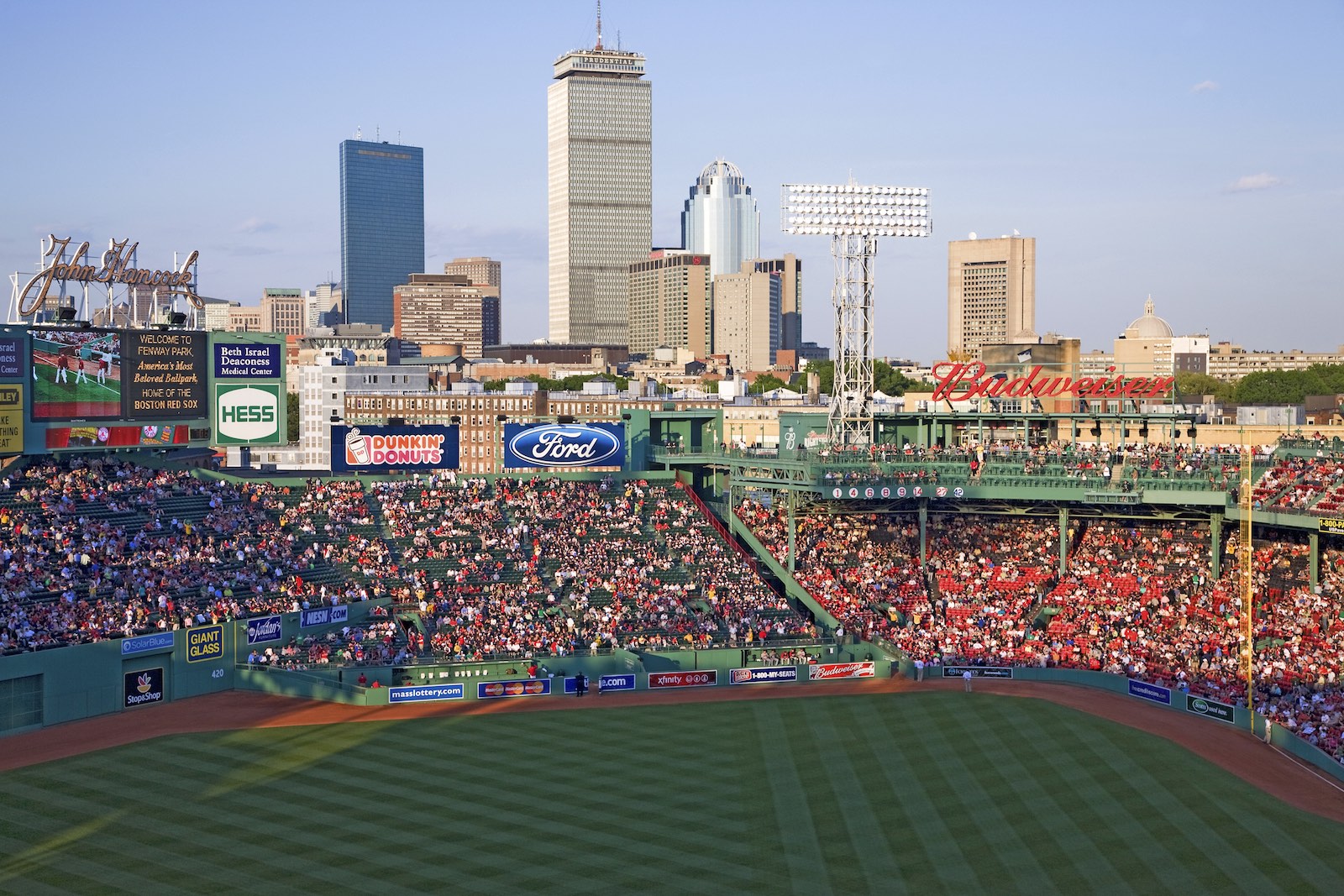Buildings are built, they get old, torn down and replaced. That’s just the way things go. Some buildings, however, make such an impact on their occupants and their neighborhood that tearing them down becomes a much more difficult decision. The character these buildings embody creates sentiment that prevents them from being demolished even when they have potentially hazardous flaws. Today, smart technology offers innovative solutions but are they enough to teach an old building new tricks?
Originally built in 1912, the same week the Titanic sunk, Boston’s historic Fenway Park has become a global sporting icon and a symbol of the city. Home to the Boston Red Sox baseball team the stadium attracts approximately three million visitors every year to its central Boston neighborhood. However, at the turn of the millennium, when ownership of the franchise transferred from the Jean R. Yawkey Trust to magnates John Henry, Tom Werner and Larry Lucchino, the stadium was in disrepair.
"When we arrived in 2002, major investment was needed - in terms of water issues, structural issues, seating capacity issues, player amenity issues," said Sam Kennedy, president of the Red Sox, in an interview with CNN. Ideas were circulated about tearing down Fenway Park and building a new stadium in its place, others suggested creating a New Fenway Park in South Boston, but eventually sentimentality prevailed despite the significant costs. "$300 million is a lot of money, but it needed to be invested," Kennedy added.
Fast forward 15 years and buildings, especially those hosting high-profile spectator events, don’t just need to be structurally sound and in working order, they need to be safe, secure and smart. The stadium’s owners have recently embarked on a smart upgrade dubbed the Fenway 2.0 project, which hopes to improve the fan experience via technology upgrades and drag the aging stadium into the 21st century. However, adding this digital layer not only increases efficiency and functionality, it also brings with it the threat of cyber security breaches.
“Our job is to anticipate threats – probably the biggest threat to the sports industry, in general, would be some type of massive security breach or failure,” Kennedy said in a panel discussion during a smart cities conference at the stadium last month. “It’s certainly something that keeps us up at night.”
Physical security was already a challenge in venues that host tens of thousands of people on a regular basis, now historic stadiums like Fenway need think about modern threats like hacking and data breaches. "Can systems be easily updated with the latest virus protection? Do you really limit user access in a very controllable way? Is the data encrypted?" asked Clay Nesler, Johnson Controls' vice president of global sustainability and industry initiatives, during the conference.

“This rise of the IoT offers up tangible business benefits and tantalizing new opportunities for innovative business approaches, but these need to be carefully weighed up against the potential risks of increased cyber security vulnerability,” explains our comprehensive report on Cyber Security in Smart Commercial Buildings.
The modern world also brings new kinds of physical security risk that are creating complex new challenges for exposed buildings like these. "This is an open space that possibly could have Amazon drones flying over soon. What does that mean for the security of the people inside of it?" said Elinor Klavens, senior analyst at Boston-based Sports Innovation Lab. "We see venues really struggling to figure out how to secure themselves on that cyber level."
It is not just historic venues that are struggling to face these new threats, modern highly-exposed buildings hosting masses of people are in the same leaky boat. Fan safety and fan experience often seem to be at odds, and just when venues have come to grips with one issue, another four have arisen. Kennedy even highlighted that spectators distracted by smartphones are more likely to be hit by foul balls and that smart glasses pose potential legal questions regarding the event’s distribution rights. Modern technology is becoming a minefield for spectator sports venues.
As is often the case, data holds the answers, but venues must weigh data collection to improve amenities, cybersecurity, and services against the significant privacy concerns.
"Figuring out how to balance what is good for your fans and what is also your public's appetite for giving up privacy in a public space is another way which we see venues really helping cities improve their understanding about how these new technologies will be deployed," Klavens said. The one thing everyone can agree on, however, is that the highest priority and the one thing that cannot be compromised is fan safety.



